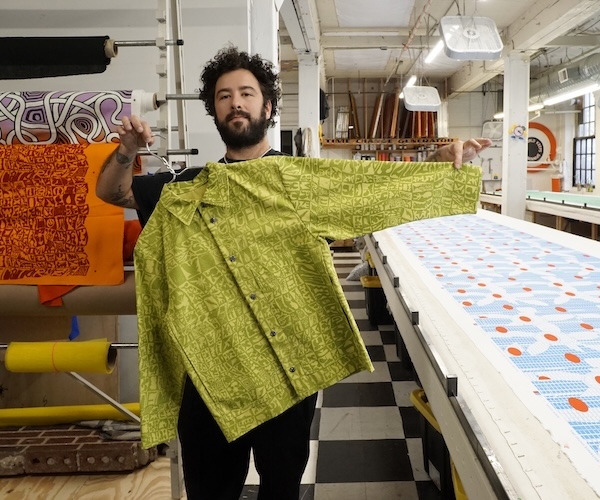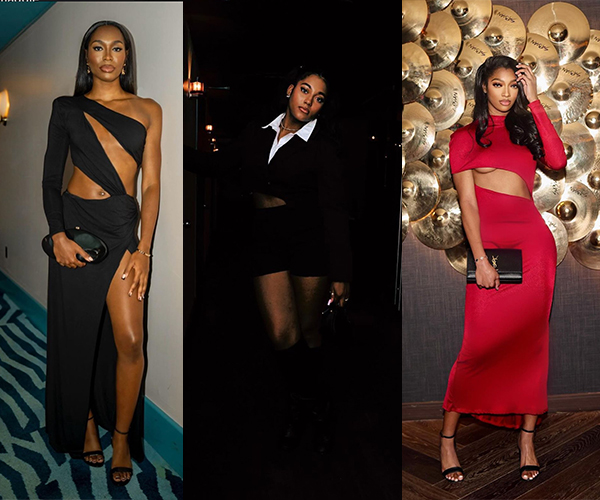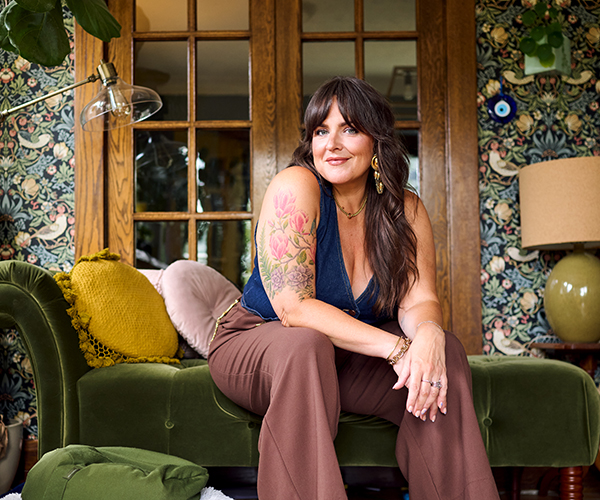Yvonne Mack creates her popular line of handbags at home.Wristlets, clutches and totes burst from the cabinets onto the carpet inside Yvonne Mack’s sewing room. The space doubles as a showroom for the handbag designer’s creations and gives Mack the opportunity to grow her successful business while still at home.
“People tend to think of my business as a hobby,” says Mack, a wife and mother of three. “Yeah, it’s a cottage industry out of the home, but it’s still a lot of thought and process. I am accountable for what I sell.”
The business grew from a sarong line that Mack designed several years ago. Customers began to request matching beach bags, and though designing a bag
for the sand didn’t pique Mack’s interest, imagining a line of purses did.
She used the designer purses that her stylish friends carried as inspiration but streamlined their bling to create classic styles at a fraction of the price.
Soon, she had designed a successful line of suede and shorthair purses that she sold through purse parties and word-of-mouth. But it is her current line of buttery leathers and stamped faux crocodile skins on etsy.com that best highlight Mack’s mature designs.
“When I moved to leather, the customers kept buying,” she says. “I began to realize that it was the purses and not the materials that were the draw. I got even more creative after that.”
The Wilson, a classic tote made in two sizes, reflects Mack’s sophisticated aesthetic. The design is functional — with outer pockets for easy access and a large inner compartment — as well as tasteful, due to Mack’s subtle use of metal, silky lining and refined seams, none of which is an accident. Mack is equal parts businesswoman and artisan. Because of her commitment to quality, she creates multiple prototypes of each design until everything — pocket depth, handle length and durability —meets her expectations.
“I’m really picky,” she says. “I have many things that I have tried, and they are sitting in the cupboard because they didn’t hit the hot spot.”
Mack turns around orders within two weeks, but the time required to cut and sew each bag may ultimately prove to be the biggest obstacle to the line’s growth.
“So many times, I sit there wanting to go to the next level,” Mack says. “But it’s not the right time.”
“People tend to think of my business as a hobby,” says Mack, a wife and mother of three. “Yeah, it’s a cottage industry out of the home, but it’s still a lot of thought and process. I am accountable for what I sell.”
The business grew from a sarong line that Mack designed several years ago. Customers began to request matching beach bags, and though designing a bag
for the sand didn’t pique Mack’s interest, imagining a line of purses did.
She used the designer purses that her stylish friends carried as inspiration but streamlined their bling to create classic styles at a fraction of the price.
Soon, she had designed a successful line of suede and shorthair purses that she sold through purse parties and word-of-mouth. But it is her current line of buttery leathers and stamped faux crocodile skins on etsy.com that best highlight Mack’s mature designs.
“When I moved to leather, the customers kept buying,” she says. “I began to realize that it was the purses and not the materials that were the draw. I got even more creative after that.”
The Wilson, a classic tote made in two sizes, reflects Mack’s sophisticated aesthetic. The design is functional — with outer pockets for easy access and a large inner compartment — as well as tasteful, due to Mack’s subtle use of metal, silky lining and refined seams, none of which is an accident. Mack is equal parts businesswoman and artisan. Because of her commitment to quality, she creates multiple prototypes of each design until everything — pocket depth, handle length and durability —meets her expectations.
“I’m really picky,” she says. “I have many things that I have tried, and they are sitting in the cupboard because they didn’t hit the hot spot.”
Mack turns around orders within two weeks, but the time required to cut and sew each bag may ultimately prove to be the biggest obstacle to the line’s growth.
“So many times, I sit there wanting to go to the next level,” Mack says. “But it’s not the right time.”



